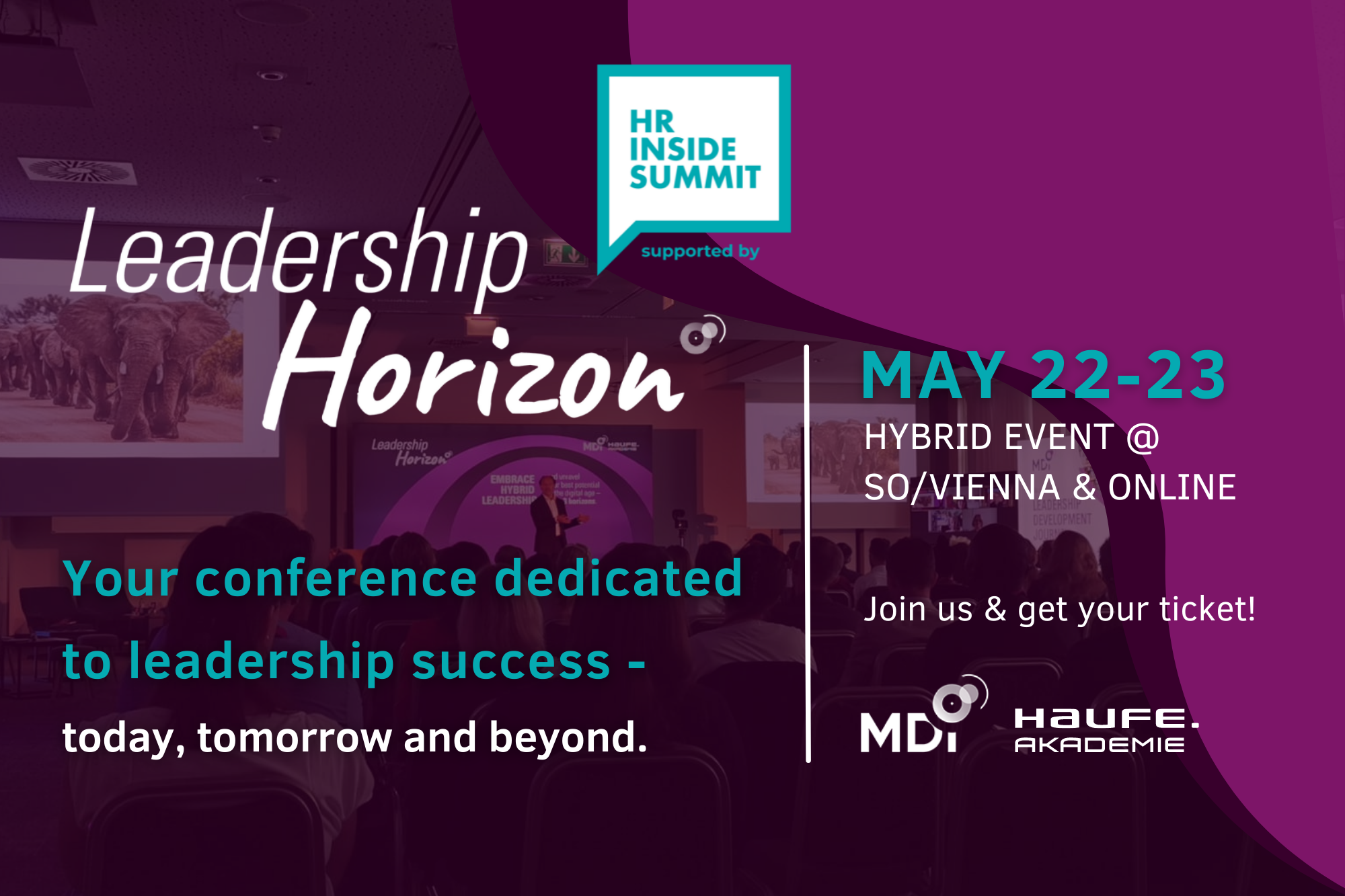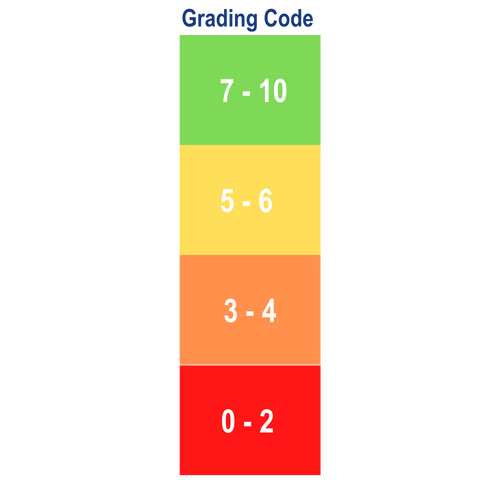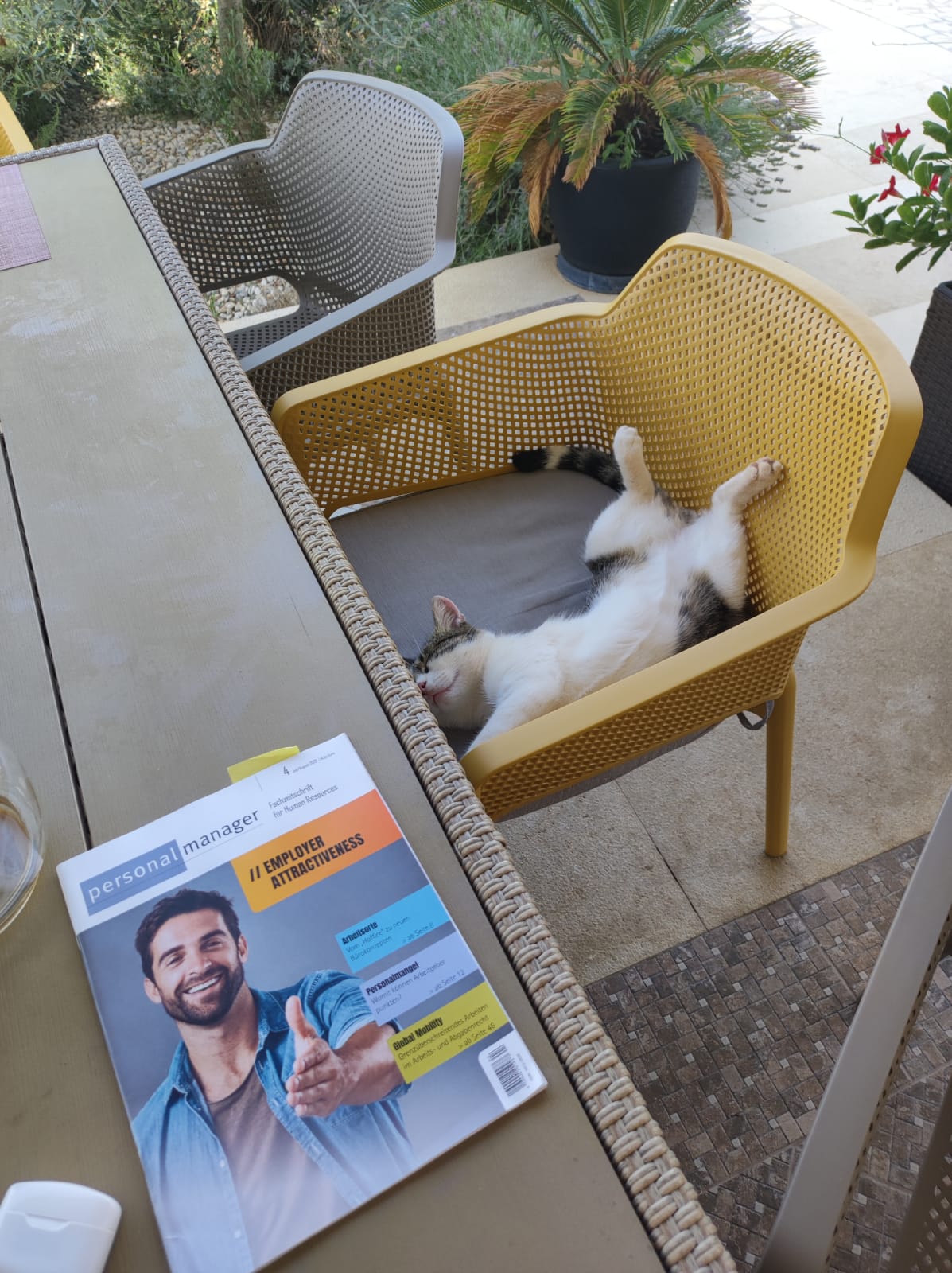What is knowledge management as a leader or mentor all about?
What is behind explicit and tacit knowledge?
The active and conscious generation, the use and sharing of knowledge in organizations are decisive competitive factors. Managers and mentors make a relevant contribution to this. They can make knowledge available themselves, as well as create the framework and an environment that enables and promotes knowledge management.
Explicit Knowledge
Knowledge management seems to be easier when it comes to explicit knowledge. That is, when “we know what we know” and it is “only” a matter of making this knowledge available.
Tacit Knowledge
It becomes more challenging when it comes to tacit knowledge. Implicit knowledge is the kind of knowledge that we are not always aware of – where we don’t even know what we know.
The development of explicit and tacit knowledge can be vividly described using the following example from everyday life: In the beginning, we learn explicitly: traffic rules, shifting gears, operating the clutch, … Every single step is thought through consciously. After some time, we just “drive” – it has become implicit knowledge.
We cannot easily describe what or how we do something, how we came to a decision or how we acquired the knowledge.
How can we now succeed in making tacit knowledge available ?
What concrete tips do you have for this?
The STAR method – often known as an interview technique in recruiting – as well as the Knowledge Management For Implicit Knowledge Canvas – both are methods/techniques to become aware of what you know as a leader or as a mentor, so that you can then share this very valuable knowledge.
How does the STAR principle work and how can we apply it?
The STAR interview method is an acronym and stands for
- Situation
- Task
- Action
- Result
The STAR interview method
If, as a mentor or leader, I want to pass on knowledge about how a particular customer project was won, a cultural initiative was successfully implemented, a critical discussion with challenging stakeholders was conducted in a solution-oriented manner, or even what was a real “fuck-up” in team leadership, the STAR interview method can help.
It enables us to identify more clearly what contributed to success or to recognize what needs to be done differently in the future. Thus, implicit knowledge becomes explicit again.
- SITUATION: What was the initial situation? Who was involved? What were the general conditions?
- TASK: What was your task/assignment? What did you want to achieve?
- ACTION: What did you do concretely? What concrete steps did you take?
- RESULT: What was the concrete result? What were the consequences? What results did you achieve?
How does the Knowledge Management Canvas help us?
The Knowledge Management Canvas provides a framework to identify where tacit knowledge may exist. It provides valuable starting points for active knowledge sharing through active engagement with the areas of the Canvas.































